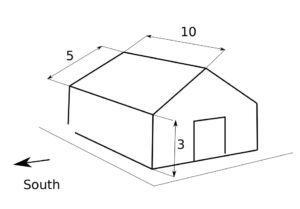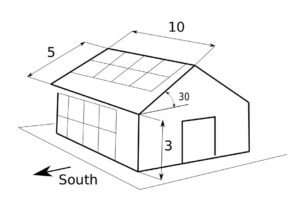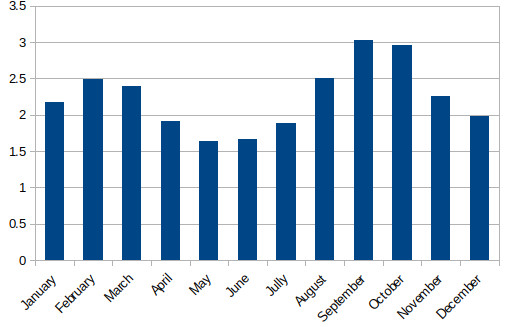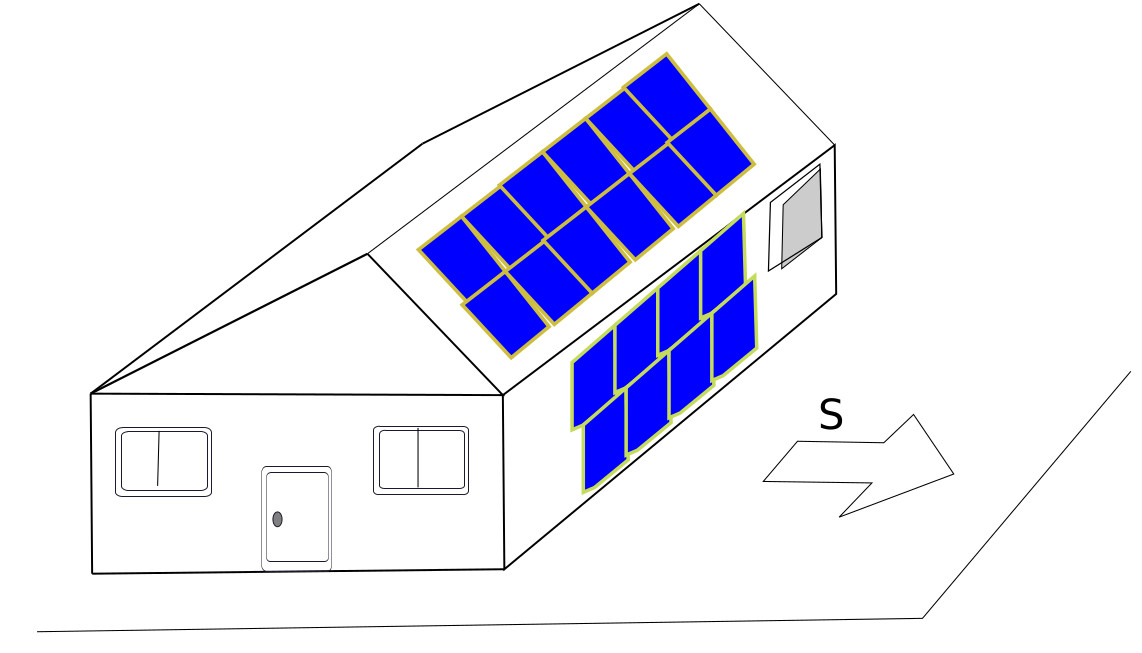When you’re looking to make the most out of solar energy, where you place your panels is just as CRUCIAL as the panels themselves. Many homeowners focus solely on roof installations, but what I’ve discovered could change the game – combining solar panels on roofs and walls. This approach isn’t just about filling space; it’s a smart strategy to increase energy capture throughout the year.
First off, think about your south-facing roof segment. It’s the all-star player for solar panel placement. Why? Because it gets the most sun over the course of the day, especially in the Northern Hemisphere. That means more sunlight hitting your panels, and more sunlight translates to more energy. But I want to push the boundaries of what you might consider a viable surface for panel placement. That’s where your walls come in, particularly if they’re facing south.
Now, let’s talk roof pitch. It’s not typically the first thing you’d consider, but the angle of your roof plays a pivotal role in harnessing solar energy. A roof pitch that aligns well with your location’s latitude can dramatically increase efficiency. Think of it like tuning an instrument – get the angle right, and you’ll hear the sweet sound of maximum energy production.
I’ve seen enough installations to tell you that using both roof and wall spaces can lead to a more consistent energy yield. In the next section, I’ll delve into how solar walls can be particularly beneficial when Old Man Winter lowers the angle of the sun, and why they shouldn’t be overlooked as a valuable asset in your solar arsenal.


The Untapped Potential of Solar Walls
When people think of solar power, rooftop solar panels are usually the first image that comes to mind. However, there’s another player in the solar game that’s gaining traction: solar walls. Unlike traditional rooftop systems, solar walls make use of vertical spaces, opening possibilities especially in urban settings where roof space is limited.
Wall-mounted panels can be particularly valuable during winter. As the sun hangs lower in the sky, your roof’s angle may not be as effective at capturing sunlight. Yet, this is where solar walls shine. They can harness this low-angle sunlight, transforming what would otherwise be wasted space into a productive asset.
Installing solar panels on walls isn’t just about adding more panels; it’s about strategic placement. For homes and buildings with south-facing walls, these surfaces become prime real estate for solar energy collection when the sun’s path is lower. Plus, you get the added benefit of passive solar heating, as the wall absorbs heat during the day and releases it at night.
Measuring the performance of solar walls can be more complex than rooftop setups. While the amount of sunlight a solar wall collects can vary based on factors like location, wall height, and panel tilt, researchers have seen promising results. Some studies indicate that solar walls can effectively complement roof systems, smoothing out energy production across the seasons.
Leading into the practicalities of integrating wall-mounted solar panels, it’s important to consider potential setbacks. One of the most significant is shading. In the next section, we’ll explore how to tackle common shading challenges that could impact the efficiency of your solar walls, ensuring you maximize the energy you capture.
Navigating Obstacles for Wall-Mounted Solar Energy
When you’re thinking about adding solar panels to your home, it’s easy to get excited about the energy-saving potential. But before you make the investment, there’s one critical detail I’d urge you to consider: the impact of your surroundings.
Shade – it’s the nemesis of solar panels. Whether it’s from the majestic oak in your backyard or the looming apartment complex next door, shadows can significantly reduce the effectiveness of your solar setup. In the quest for energy efficiency, it’s essential to assess these factors diligently.
Strategies for maximizing sun exposure include conducting a sun path analysis to predict potential obstructions and considering the use of solar tracking systems to adjust panel angles throughout the day.
If you find obstructions are unavoidable, don’t lose heart. Smart planning can still allow for a successful solar installation. For instance, a lower section of the wall less affected by shadows could be ideal for mounting.
Let's check the SPAC application to see what we get
We will take, for example, a house with a wall and a roof that is ideally oriented south. Location for experiment no 1 Philadelphia and for experiment no 2 Rome Italy – Europe
Roof slope: 30
One side of the roof measures 10 m x 5 m.
The dimensions of the wall facing south are 10 m x 3 m. The Mission Solar MSE 425 W solar panel is available.
The calculation consists of two parts: 1. Determine the roof’s gain (slope angle 30).
Calculate the gain from the wall (slope angle of 90).
Let’s go to Philadelphia for our first experiment. On the roof, we can install 18 panels, and we will get 9136.66 kWh/yr. On the wall, we can install 9 panels, and we will get kWh/year.
Let’s travel to South Europe with similar parameters. We will choose Rome. For the same house dimensions, we will obtain 8914.2 kWh/year from the roof and 2762.8 kWh/year from the wall. All right, the result is similar; let’s do some Excel analysis.
We can conclude that roof panels generate 33% more profit than walls when considering the energy output per square meter.
Example 1 Philadelphia
| Num panels | Annual [kWh/year] | Annual/1panel | |
|---|---|---|---|
| roof | 19 | 9136.6 | 480.8 |
| wall | 9 | 2875 | 319.5 |
Difference 33.55 %
Example 2 Rome Italy
| Num panels | Annual [kWh/year] | Annual/1panel | |
|---|---|---|---|
| roof | 19 | 8914.2 | 469.17 |
| wall | 9 | 2762 | 306.98 |
Difference 34.57 %
Interesting to note energy gain on the wall during months:
| Jan | Feb | Mar | Apr | May | Jun | Jully | Aug | Sep | Oct | Nov | Dec |
|---|---|---|---|---|---|---|---|---|---|---|---|
| 2.18 | 2.49 | 2.39 | 1.92 | 1.64 | 1.67 | 1.89 | 2.5 | 3.03 | 2.96 | 2.26 | 1.98 |
And on the chart:

Conclusion
Real-world success stories are plentiful, offering hope and guidance. Take inspiration from those who’ve navigated similar challenges and thrived, gathering vital insights on how to circumvent shading issues and enhance solar absorption.
Remember, every bit of sunlight captured aids in offsetting your energy bill and reducing
your carbon footprint. Careful planning and strategic installation are key in your solar journey.


